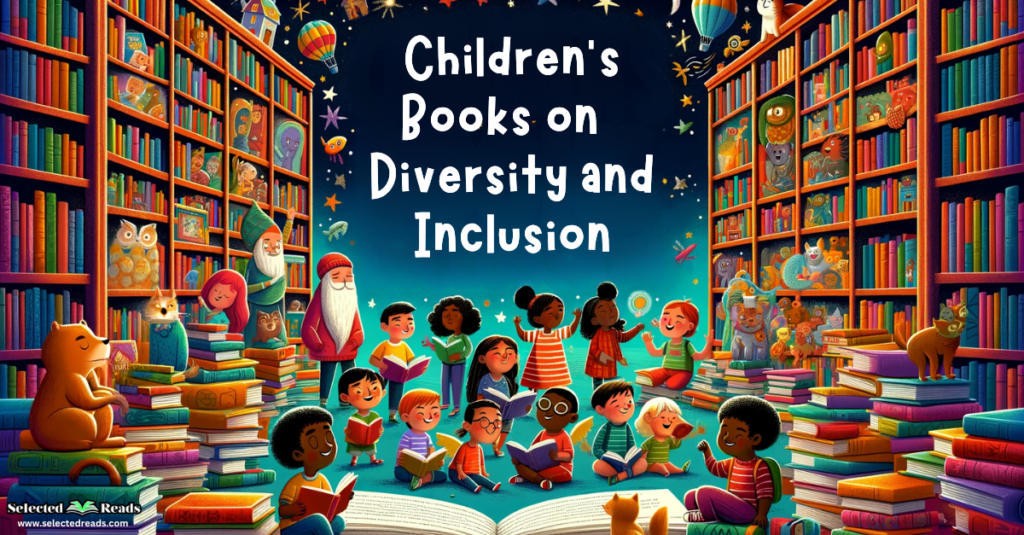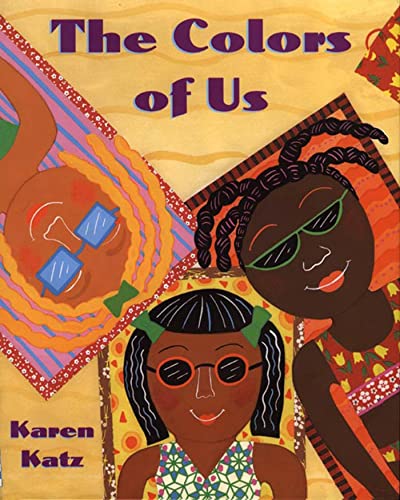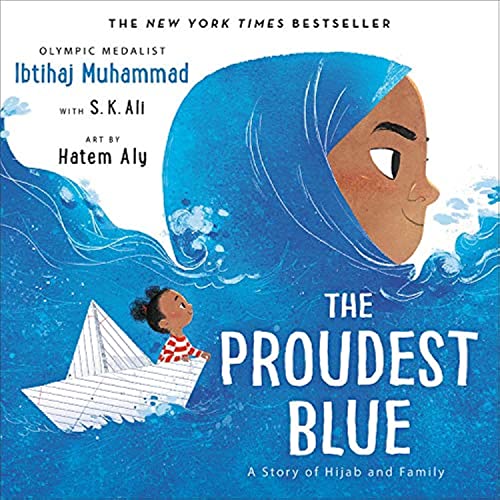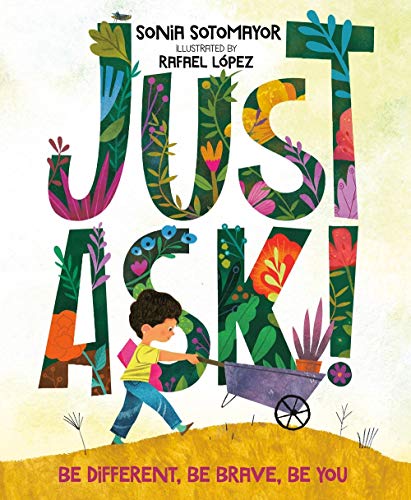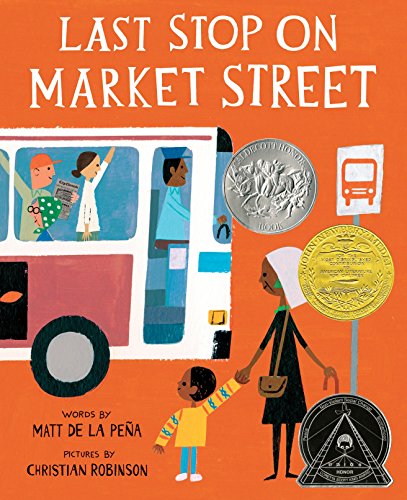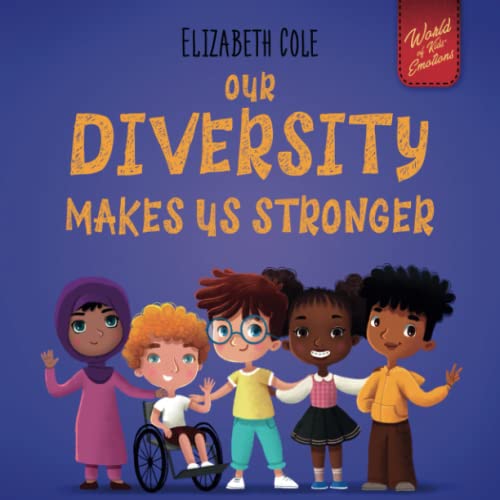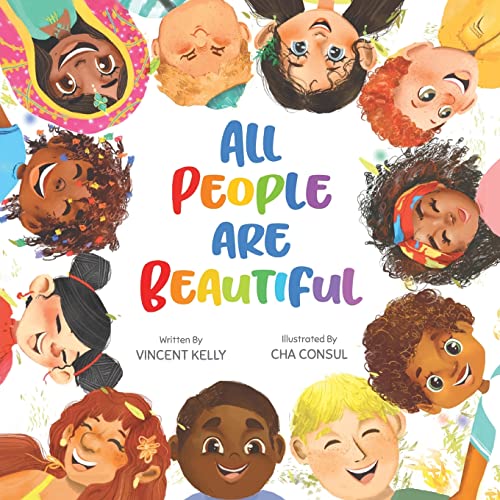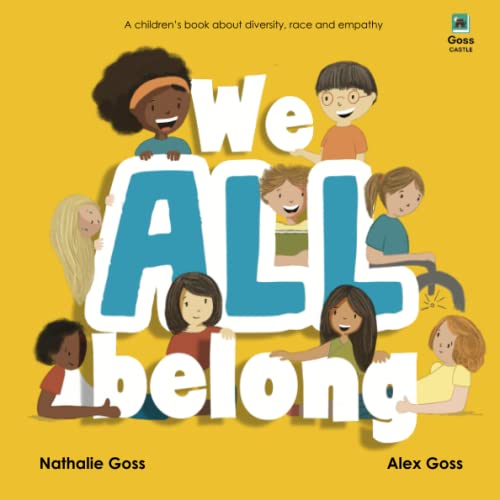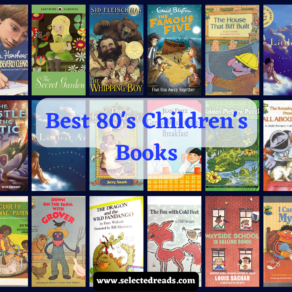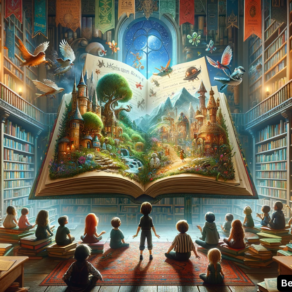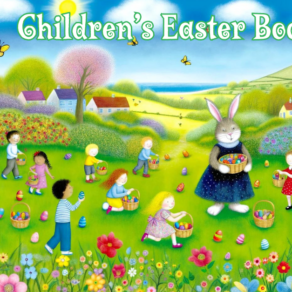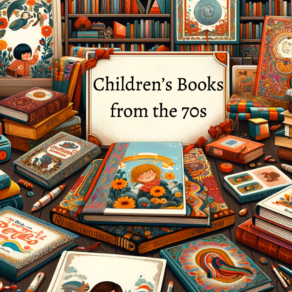In an increasingly interconnected world, the importance of teaching diversity and inclusion within our classrooms cannot be overstated. The research literature in this regard has clearly emphasized the positive impacts of diversity education, including increased creativity, critical thinking, and empathy among students (APA, 2022).
With this evidence in mind, I delved into a meticulous search, informed by my years of classroom teaching and ongoing research in educational studies. My goal was to compile a collection of children’s books that uniquely represent the principles of diversity and inclusion.
Each book selected not only offers a captivating story but serves as a crucial tool for educators, parents, and guardians seeking to imbue our young learners with the values of empathy, understanding, and acceptance of differences.
The following collection, gathered through careful consideration and a thorough examination of available resources, reflects my commitment to fostering an environment where all children can see themselves represented and learn about others. Join me in exploring these engaging stories that promise to enrich the minds and hearts of the next generation.
For teachers and educators, check out diversity and inclusion books for teachers!
Children’s Books about Diversity and Inclusion
Here are our top picks for children’s books about diversity and inclusion:
1. “All Are Welcome” by Alexandra Penfold
This heartwarming book portrays a day in a welcoming school where children from all backgrounds celebrate each other’s traditions. It’s a vivid representation of inclusion and love, offering a hopeful vision of how the world could be. It’s a must-read for fostering a sense of community and acceptance in young readers.
2. “It’s OK to be Different” by Sharon Purtill
This vibrant rhyming picture book emphasizes that every child is unique, whether in appearance, abilities, or interests. It encourages children to accept and celebrate individuality, both in themselves and others, promoting kindness and empathy. A great tool for teaching kids about acceptance and self-love.
3. “Hair Love” by Matthew A. Cherry
Zuri’s hair is wild and beautiful, just like her. This touching story revolves around a father learning to style his daughter’s natural hair. It’s a celebration of familial love, self-acceptance, and embracing one’s unique beauty. A perfect gift to celebrate the bond between fathers and daughters.
4. “The Day You Begin” by Jacqueline Woodson
Through lyrical text and dazzling art, this book acknowledges the universal feeling of being an outsider and the bravery it takes to share our stories. It reminds us that reaching out and being ourselves can create beautiful connections. An inspiring read that encourages children to embrace their uniqueness.
Related: Sex Education Books for Kids
5. “The Name Jar” by Yangsook Choi
Unhei’s struggle with her unique name after moving from Korea is the central theme of this bestselling classic. The story explores the anxiety of fitting in and the importance of embracing one’s identity. With the support of a new friend, Unhei learns that the best name is her own, conveying a powerful message about pride and self-acceptance.
6. “The Colors of Us” by Karen Katz
This charming story follows seven-year-old Lena as she learns that brown skin comes in various shades. By painting the different colors she sees in her neighborhood, Lena celebrates the beautiful diversity in the world around her. Karen Katz, inspired by her daughter’s adoption from Guatemala, crafts a tender and enlightening tale that encourages children to see and appreciate the unique beauty in themselves and others.
7. “Our Skin: A First Conversation About Race” by Megan Madison & Jessica Ralli
This innovative board book begins the conversation about race with young readers, providing concrete language and imagery that children can grasp. With a thoughtful approach to a complex subject, it’s a valuable resource for both children and adults, encouraging dialogue about race, self-awareness, and recognizing inequality. A commendable effort to equip families with the tools to engage in meaningful conversations about race from an early age.
8. “The Proudest Blue: A Story of Hijab and Family” by Ibtihaj Muhammad
An inspiring story of Faizah and her older sister Asiya’s first day of wearing hijab. With beautiful blue fabric symbolizing strength and beauty, the story explores the unbreakable sibling bond and pride in one’s culture.
Facing challenges and prejudice, Faizah learns to stand strong and be proud of who she is. An uplifting tale that resonates with readers of all backgrounds, fostering understanding and respect.
9. “Sulwe” by Lupita Nyong’o
Lupita Nyong’o’s “Sulwe” takes readers on a magical journey with a young girl who struggles with her dark skin tone. Feeling out of place in her family and school, Sulwe embarks on a mystical adventure that helps her see her unique beauty. The whimsical illustrations and poetic narrative captivate readers, offering a powerful message about self-acceptance, self-esteem, and embracing one’s natural beauty.
10. “Just Ask!: Be Different, Be Brave, Be You” by Sonia Sotomayor
Penned by United States Supreme Court Justice Sonia Sotomayor, this insightful book celebrates diversity and the unique abilities that people have. Drawing from her own childhood experiences with diabetes, Sotomayor introduces children with various challenges and emphasizes the special powers they possess.
The narrative, woven around a community garden, encourages readers to ask questions and appreciate the differences that make our world vibrant. The lesson that different doesn’t mean less, but rather enriches our community, is a fundamental message in education, and this book embodies that principle.
11. “Last Stop on Market Street” by Matt de la Peña
This beautifully written story follows CJ and his grandma on their regular Sunday bus ride across town. Through thoughtful questions and grandma’s wise and encouraging responses, CJ begins to see the world around him differently.
Emphasizing the value of perspective, contentment, and finding joy in simple things, de la Peña crafts a heartfelt tale that teaches children to appreciate the beauty in everyday life. It’s a reminder that sometimes our questions lead us to unexpected insights, something I’ve found to be true time and again in the classroom.
12. “Our Diversity Makes Us Stronger” by Elizabeth Cole
Join little Nick as he navigates his fears of being different because of his new reading glasses. This delightful book, filled with charming illustrations and rhymes, takes readers on Nick’s journey to discovering that diversity is a strength, not a weakness.
It encourages children to embrace who they are, be kind to others, and celebrate the uniqueness in everyone. The teaching here aligns perfectly with what we as educators strive for: fostering self-confidence, kindness, and an understanding of diversity.
13. “All People Are Beautiful” by Vincent Kelly
Vincent Kelly’s colorful exploration of multicultural differences is both fun and educational. It fosters an understanding that our unique attributes make us special and human. For educators and parents alike, this book can be a starting point for dialogues on acceptance and individuality. Having seen the power of creative rhymes and illustrations in engaging children, I can appreciate how this book would resonate with young readers.
14. “Do You Speak Fish?” by DJ Corchin
This clever story about communication transcends mere language learning. It teaches empathy, patience, and the willingness to understand others from their perspective. The idea that it’s not up to others to “speak Boy” but for us to learn how to “speak Fish” is a poignant lesson in cultural sensitivity.
15. “I Am Whole” by Shola Oz
Shola Oz’s “I Am Whole” celebrates the mixed backgrounds and cultures that enrich our communities. It’s a vibrant tribute to diversity that encourages children to embrace the various aspects of their heritage.
16. “We All Belong” by Nathalie Goss, Alex Goss, and Goss Castle
This beautifully crafted poem acknowledges the diversity and inherent beauty in all cultures and races. By encouraging empathy and recognition of our shared humanity, “We All Belong” provides a valuable lesson in compassion. I appreciate the included activity, which can be an effective tool in teaching children how we can be similar yet distinct.
17. “Acceptance is my Superpower” by Alicia Ortego
Alicia Ortego explores the complex emotions tied to acceptance and the power of embracing our differences. The story of Lisa’s discovery of the true meaning of diversity is a heartwarming testament to the importance of understanding and compassion. It’s a valuable resource for teachers and parents who aim to cultivate an atmosphere where differences are celebrated as superpowers.
18. We’re Different, We’re the Same, by Bobbi Kates
“We’re Different, We’re the Same” takes the lovable characters from Sesame Street to create an essential dialogue about similarity and difference, reaching children in a warm and accessible way.
The power of storytelling and beloved characters can indeed help shape young minds’ understanding of diversity, as supported by Dr. Louise Derman-Sparks, an author and lecturer specializing in early childhood education (Derman-Sparks & Edwards, 2010).
19. Pink Is for Boys Board, by Robb Pearlman
“Pink Is for Boys” by Robb Pearlman further challenges the traditional gender binary, inviting children to see beyond stereotypes and embrace all colors, no matter who they are. This aligns with research that highlights the importance of dismantling gender norms at a young age, allowing children to grow with a more expansive and accepting view of themselves and others (Martin & Ruble, 2004).
Concluding thoughts
These children’s books about diversity and inclusion are more than mere stories; they are opportunities for growth, connection, and compassion. They can help lay the foundation for a more inclusive future, one where differences are celebrated and connections are nurtured. I encourage you to explore these titles with the children in your life.



